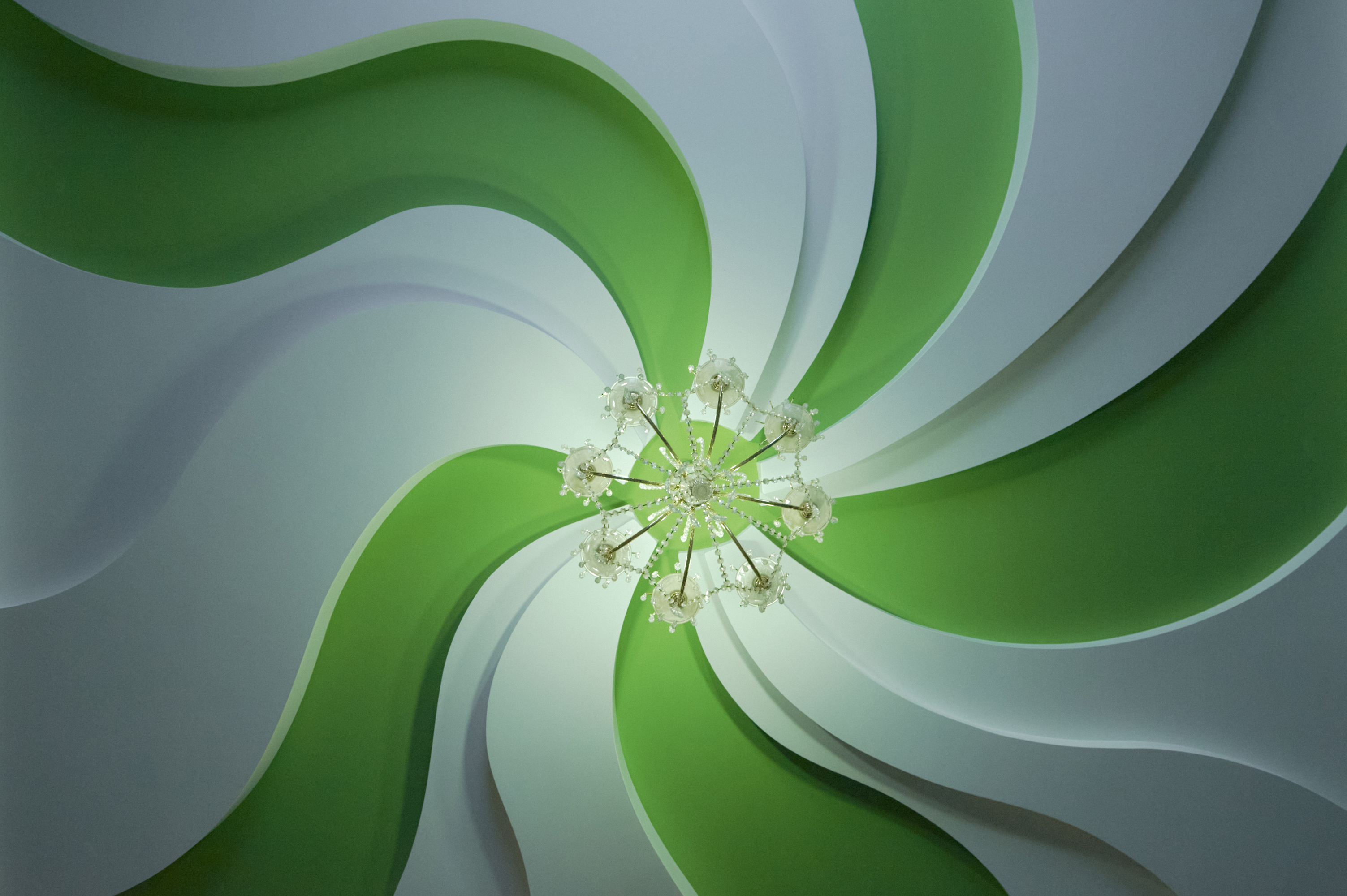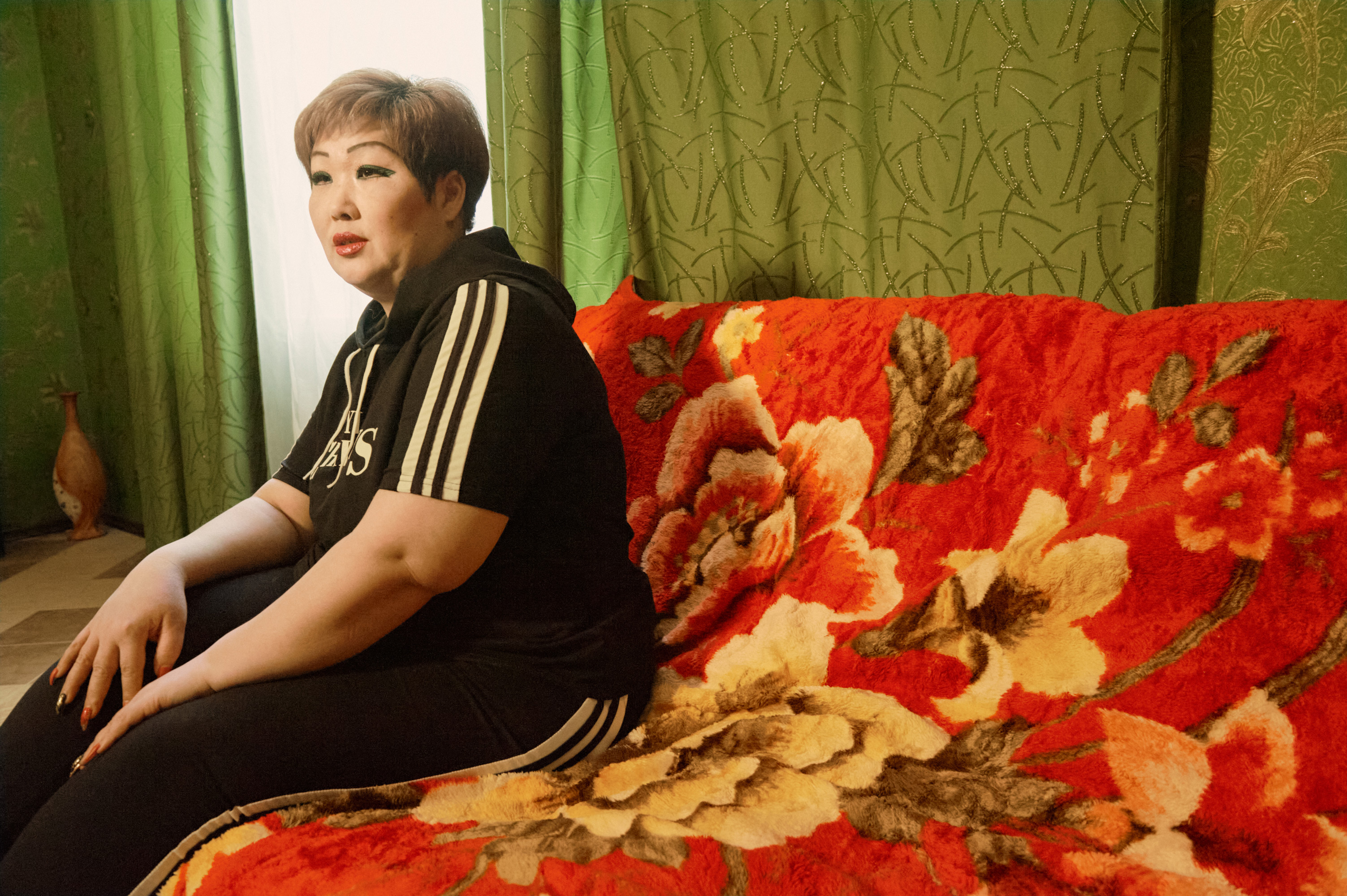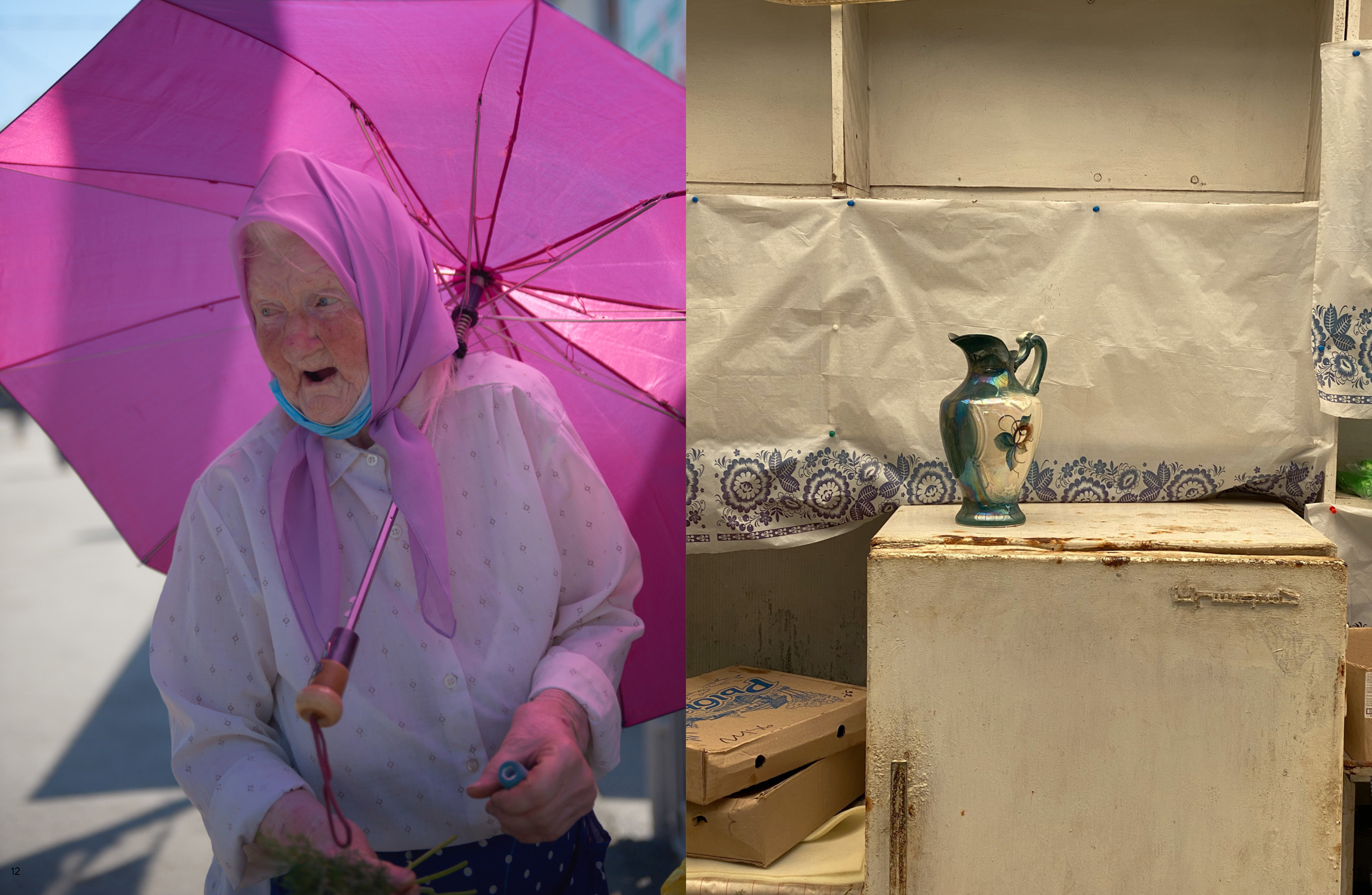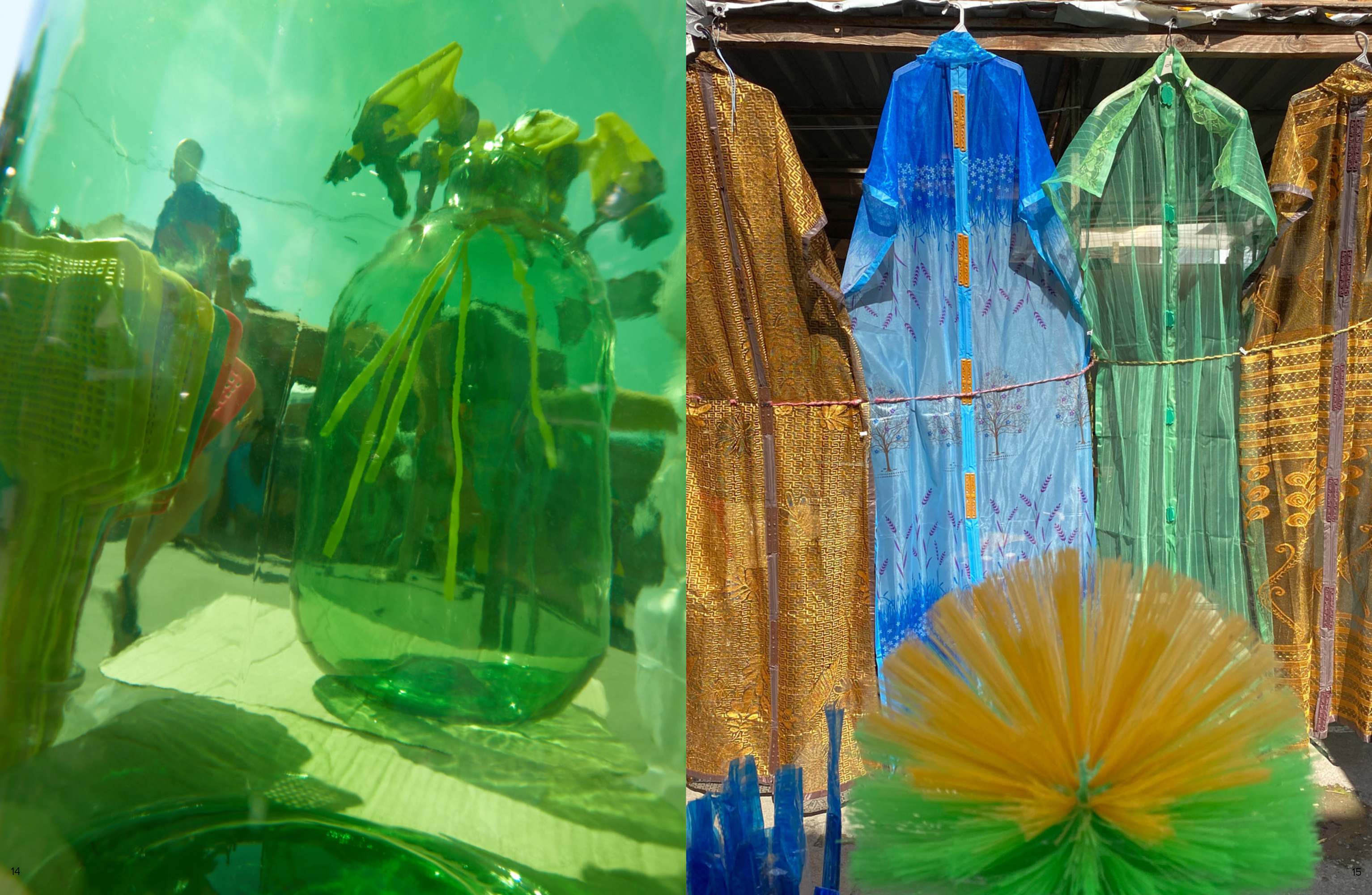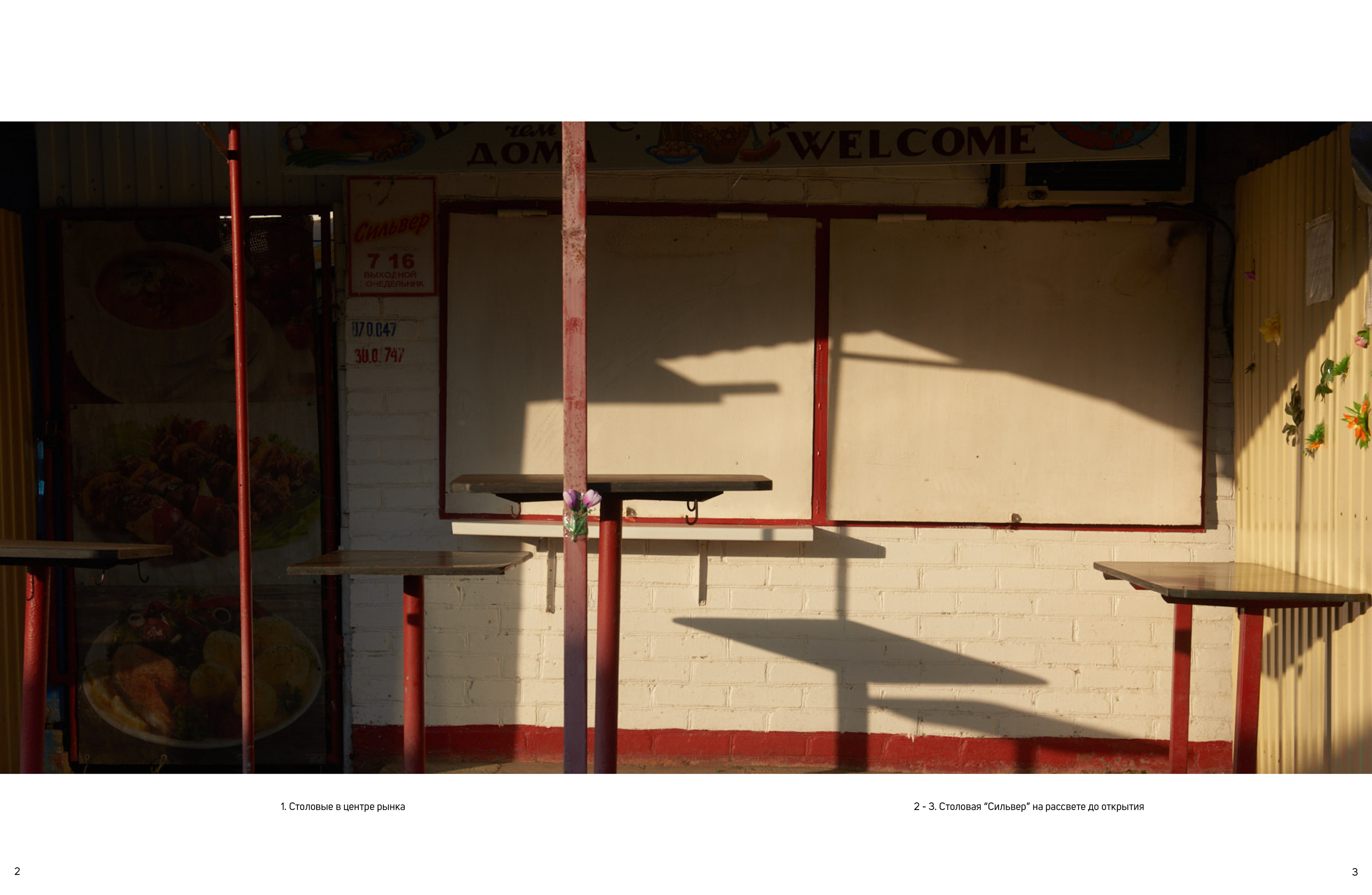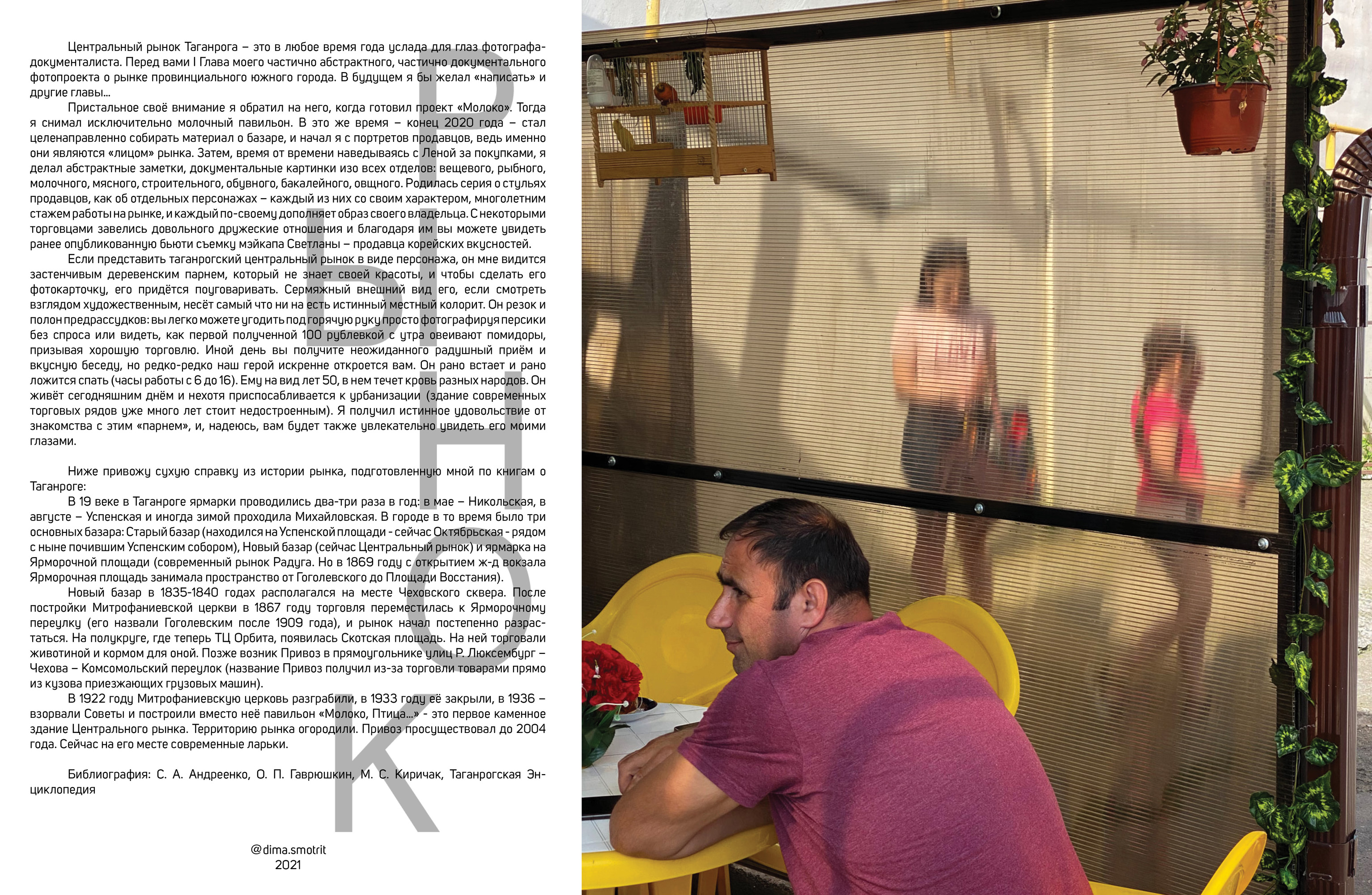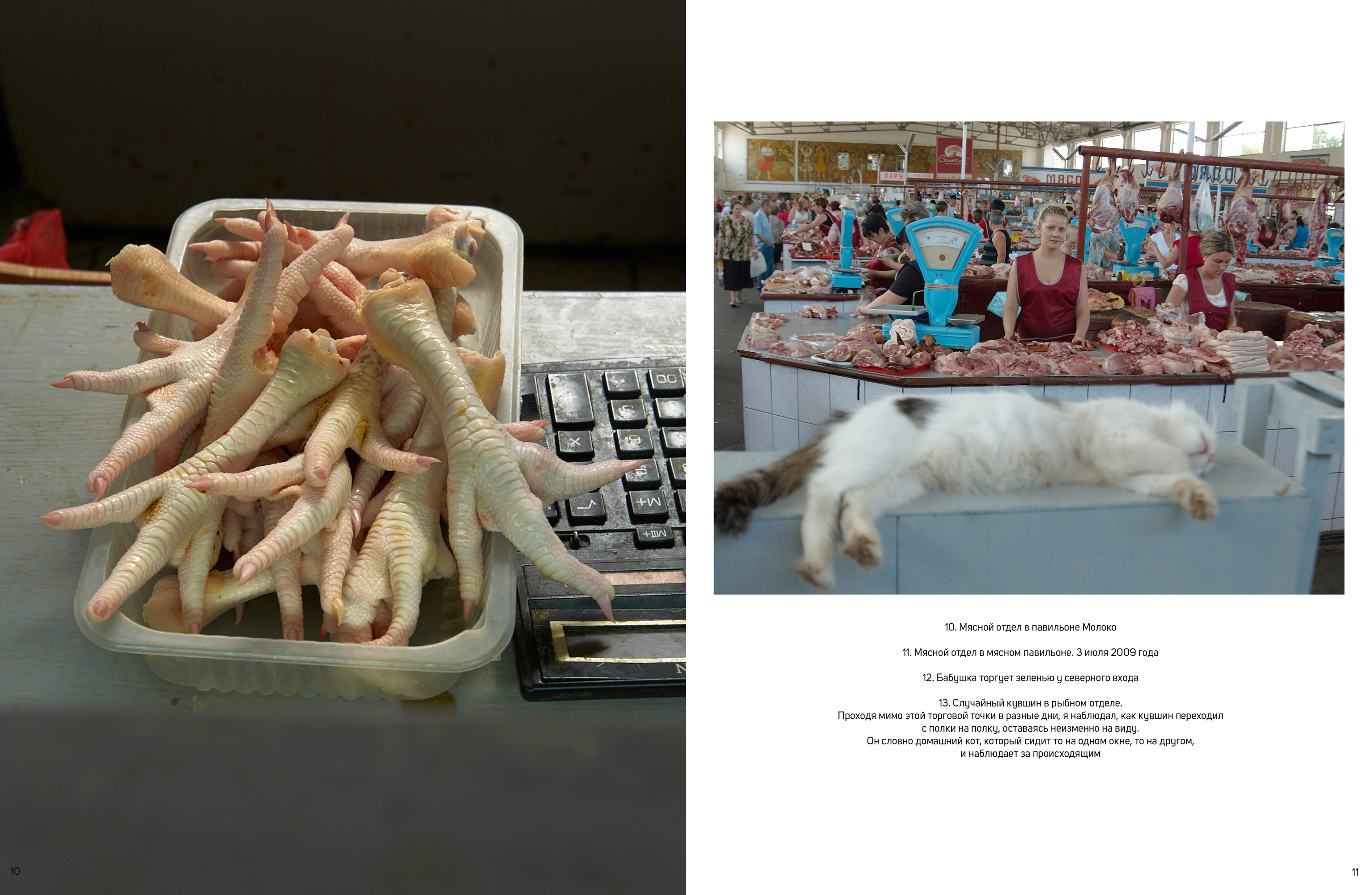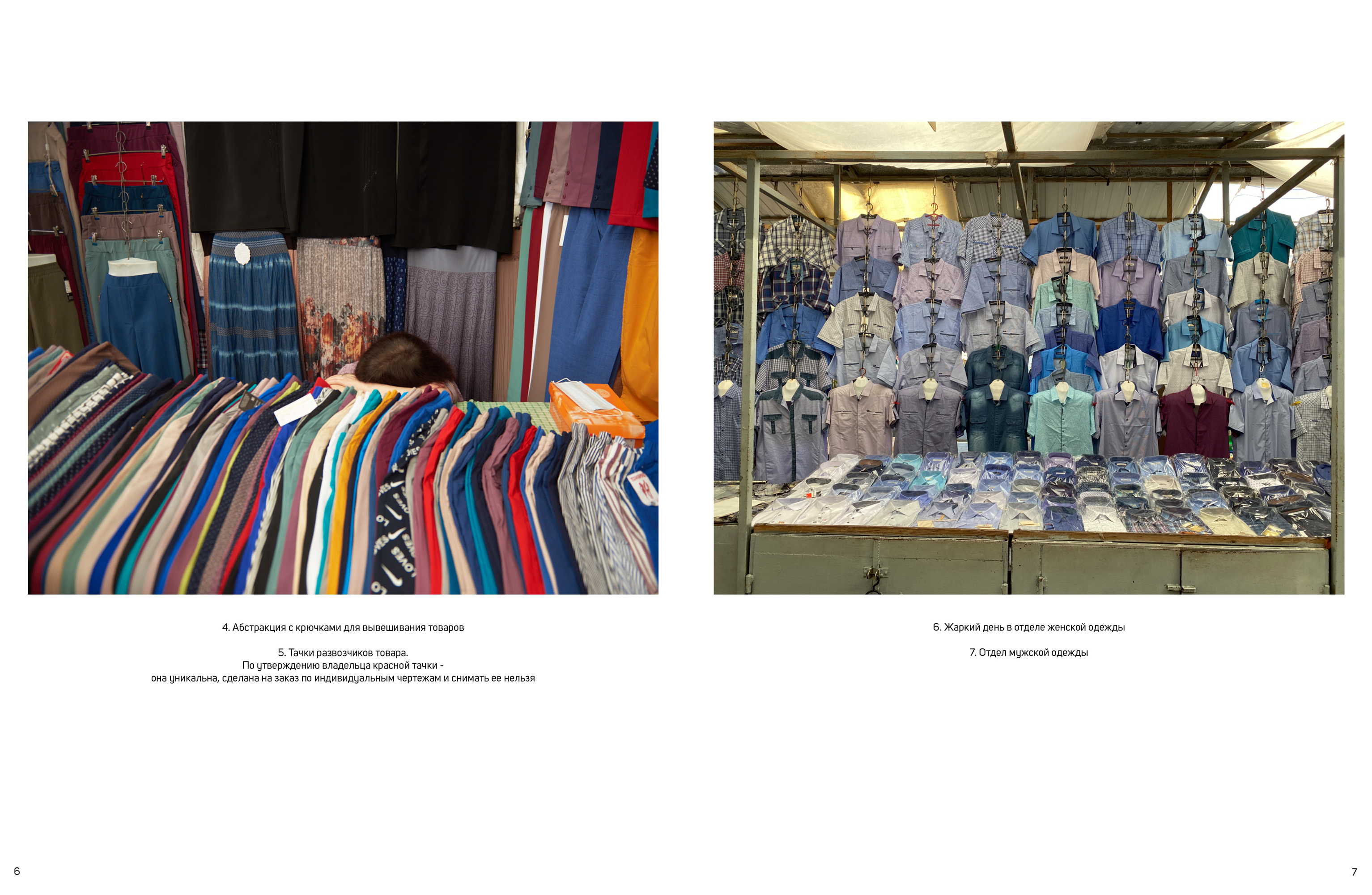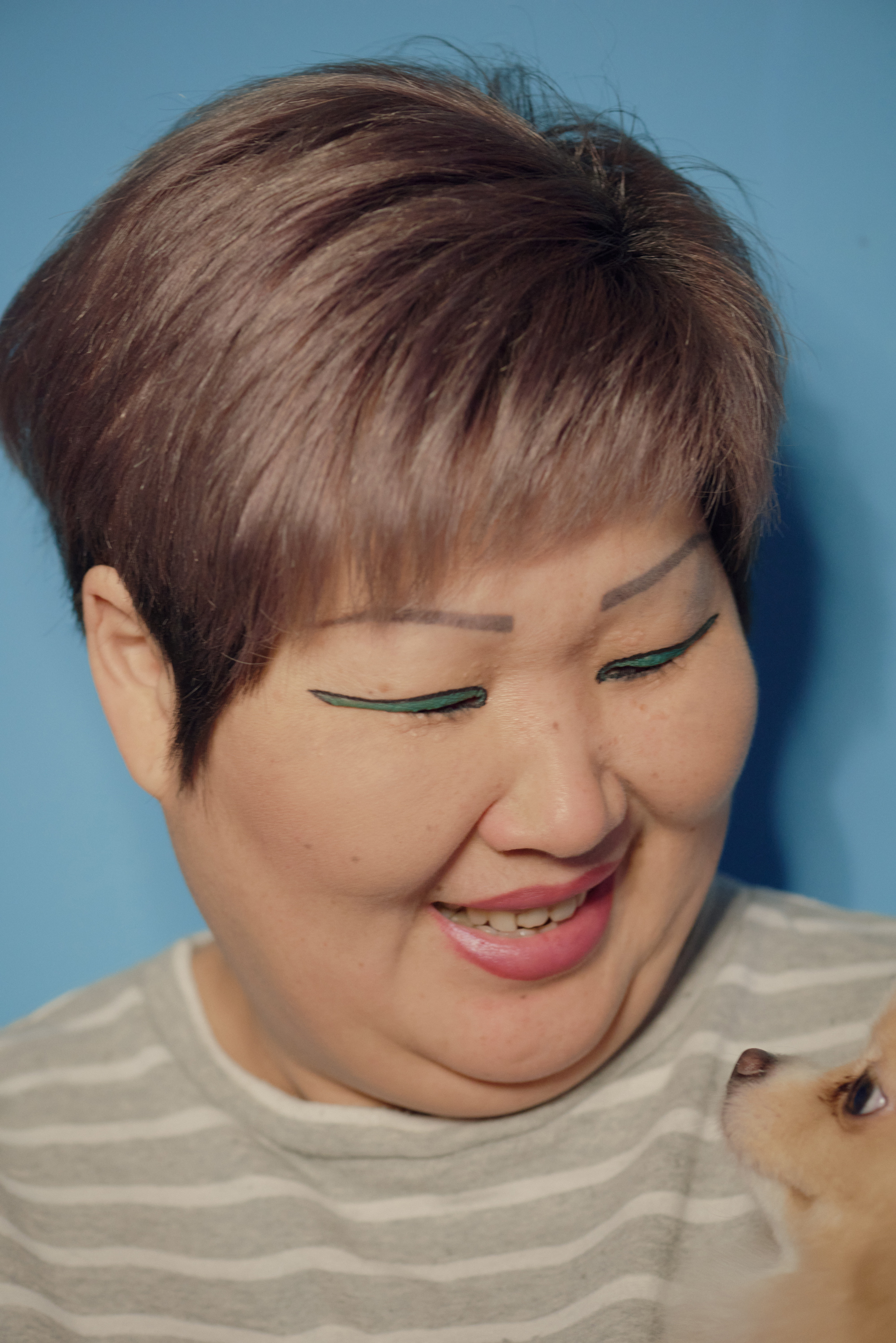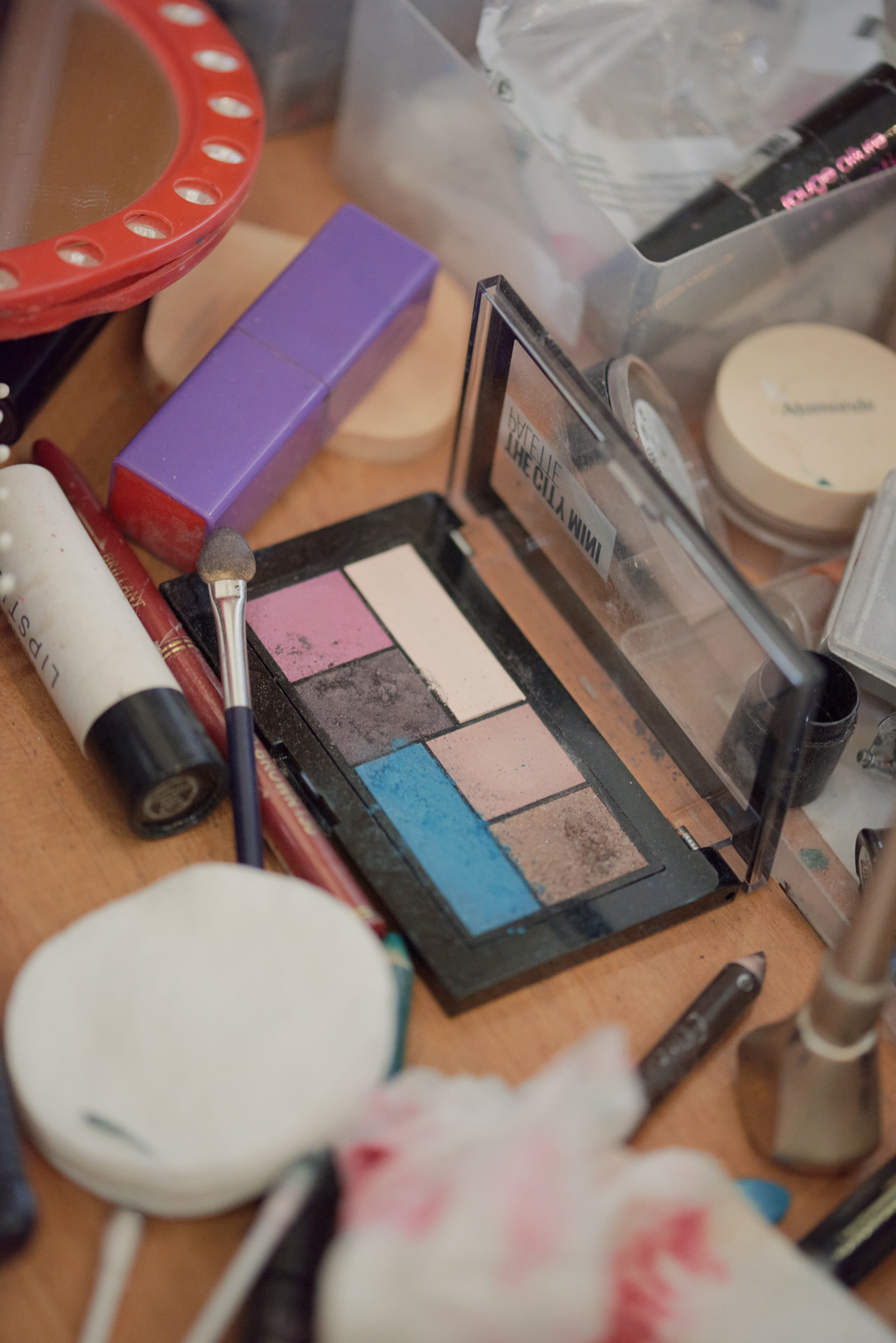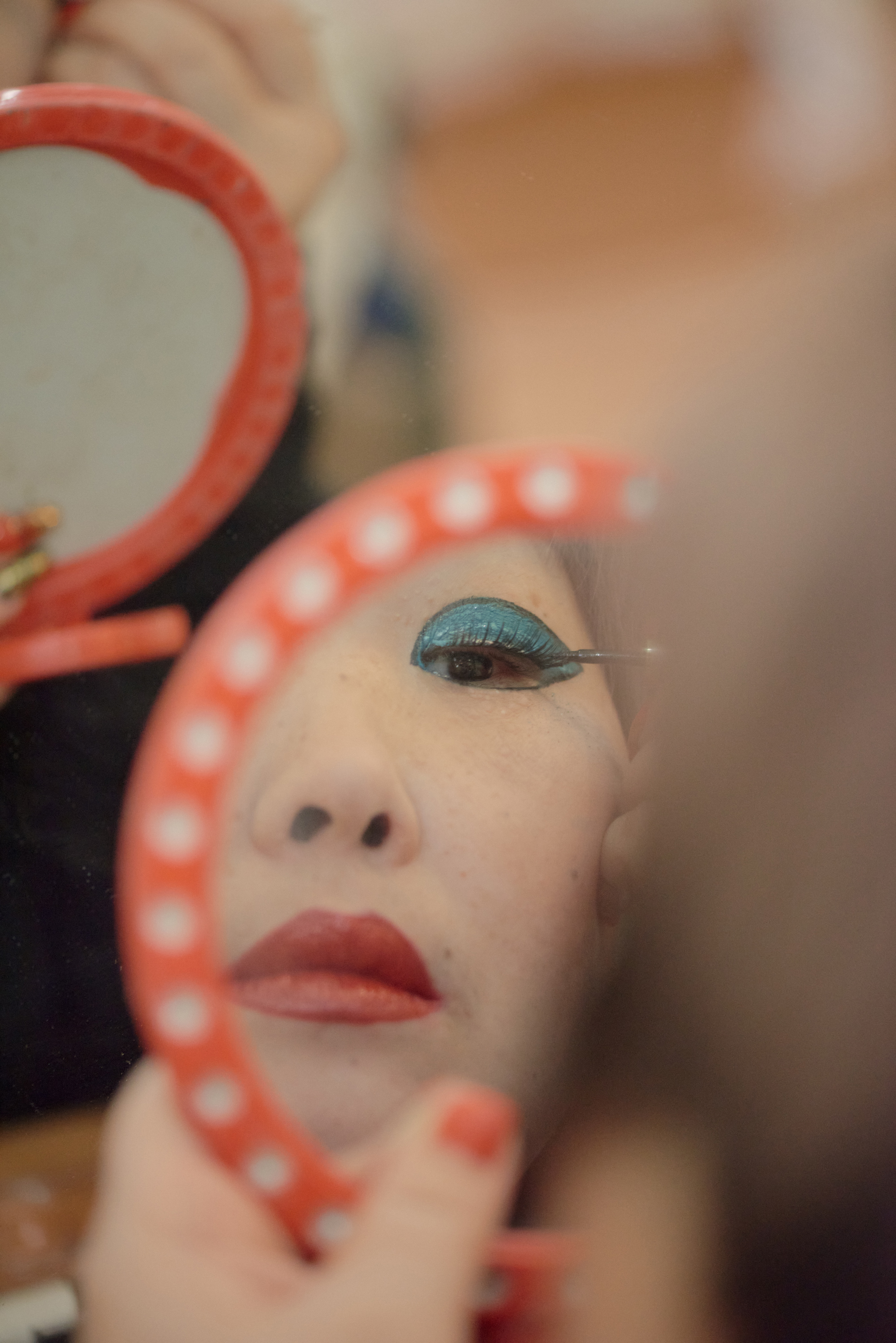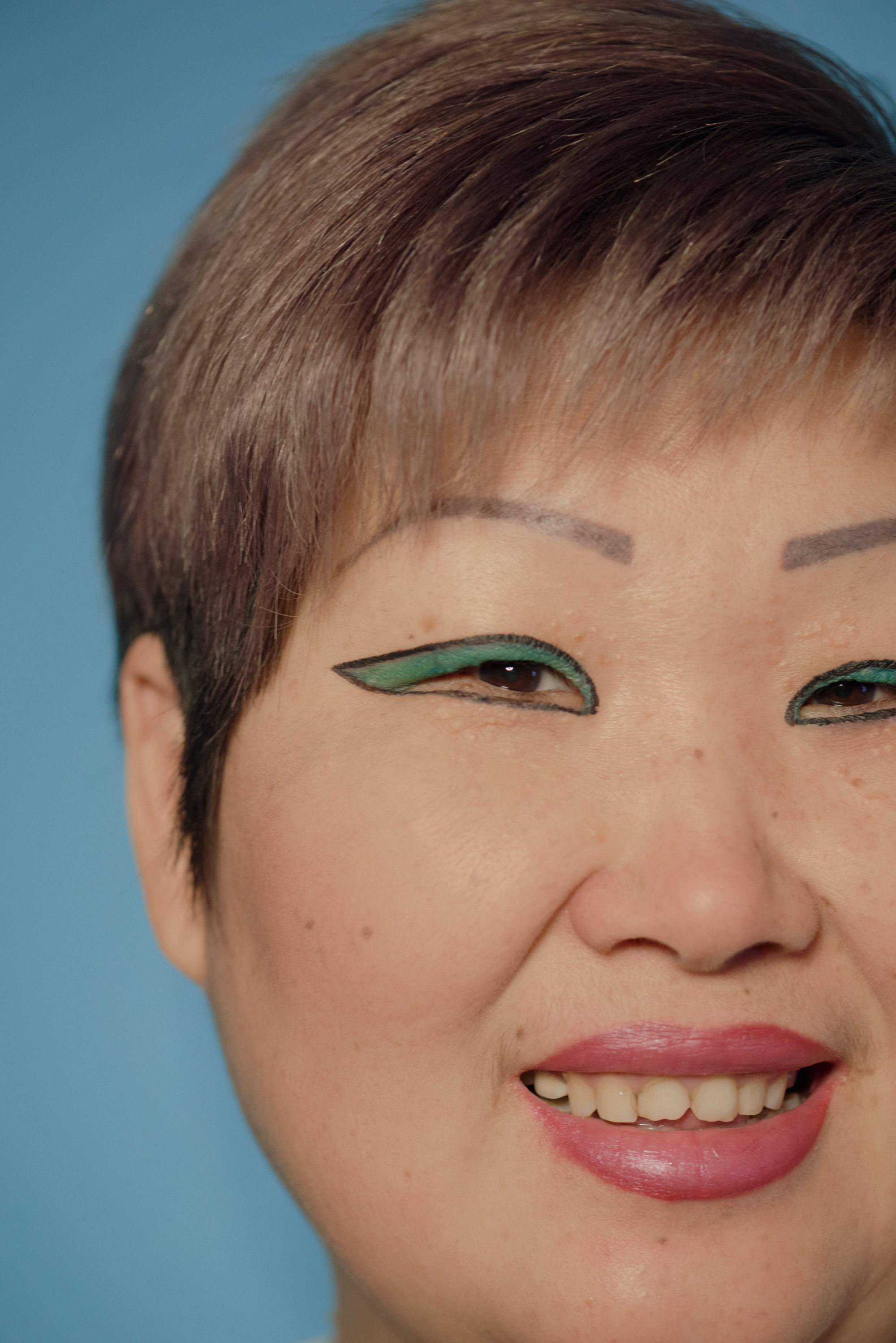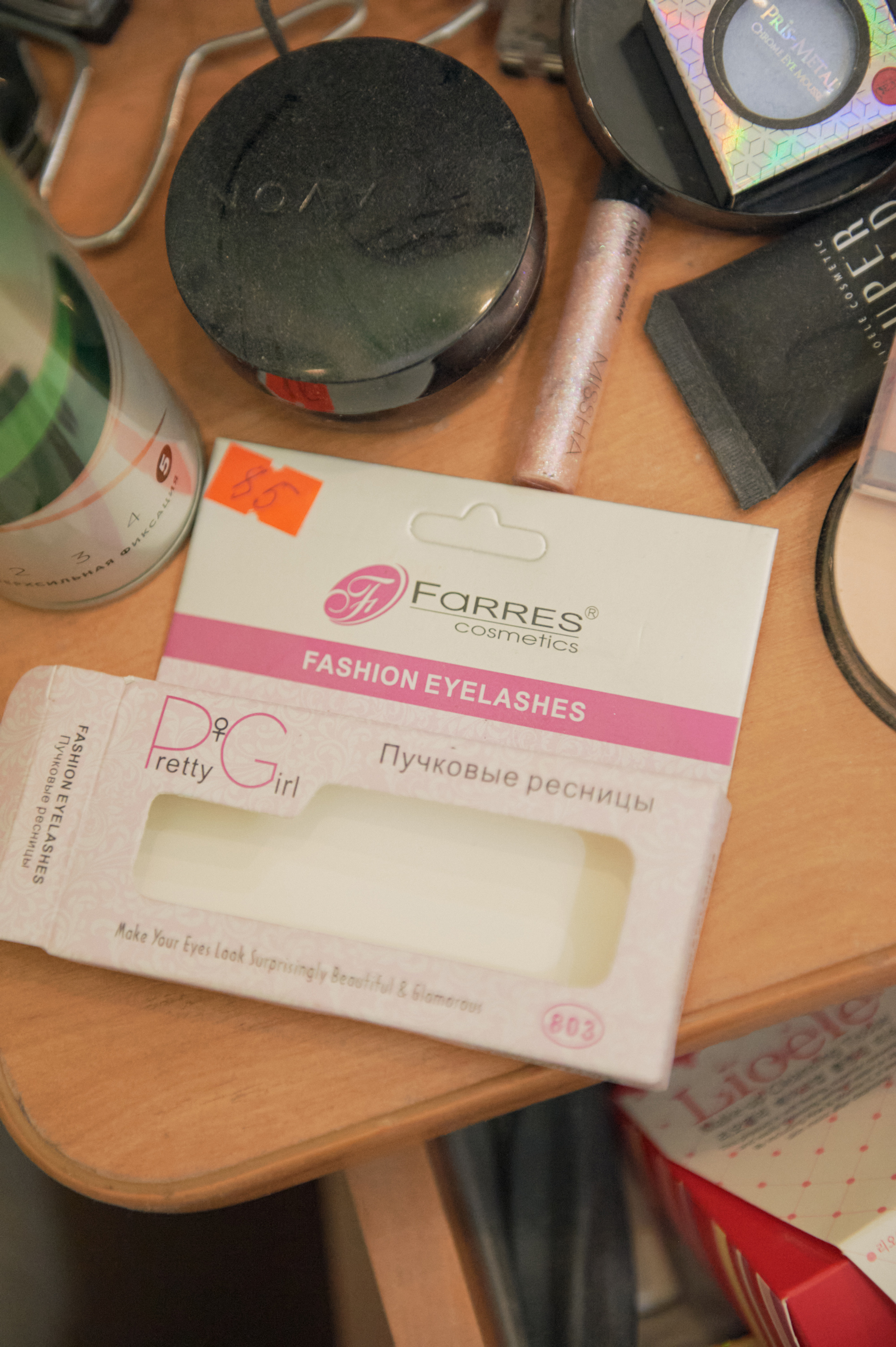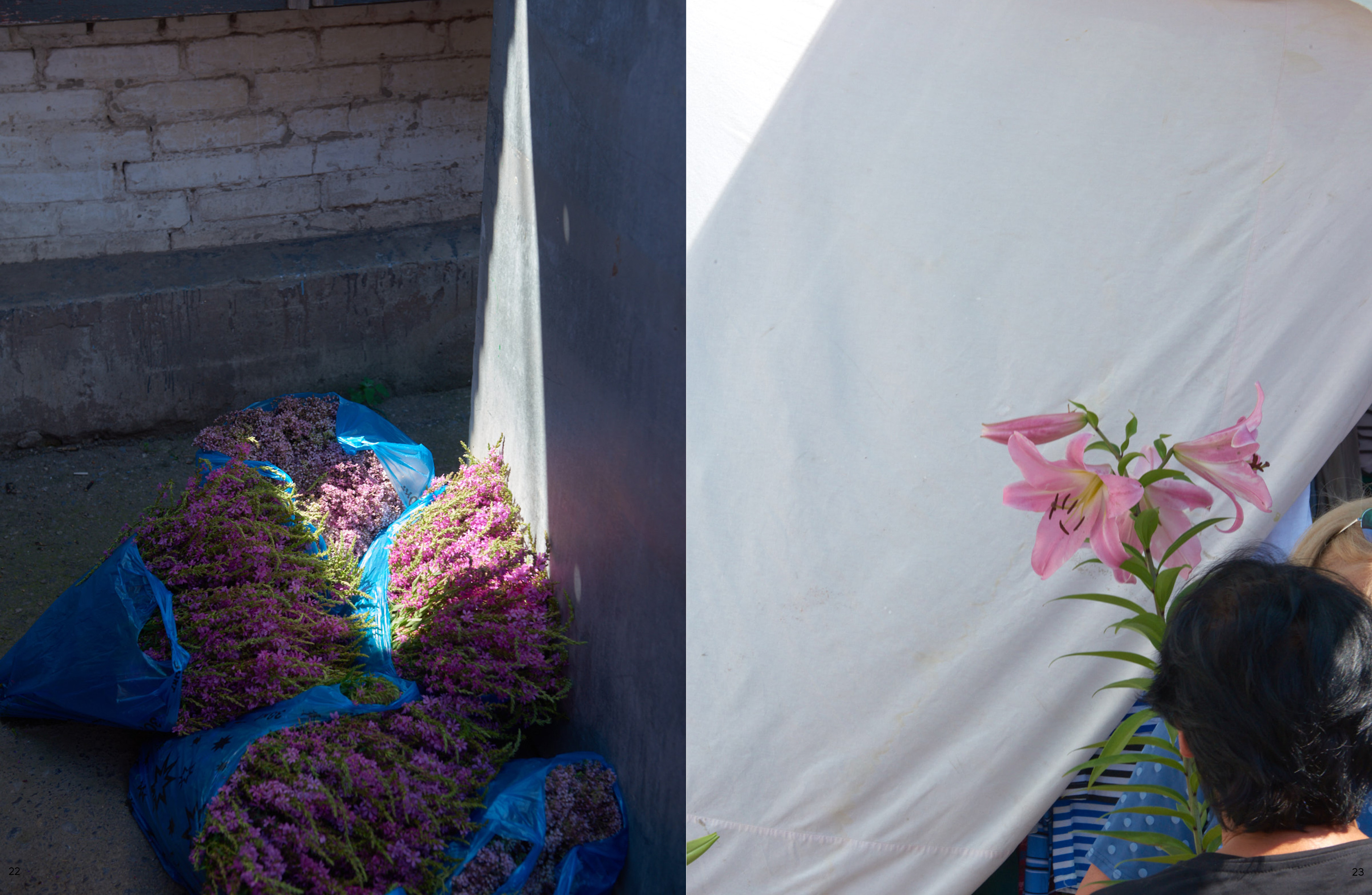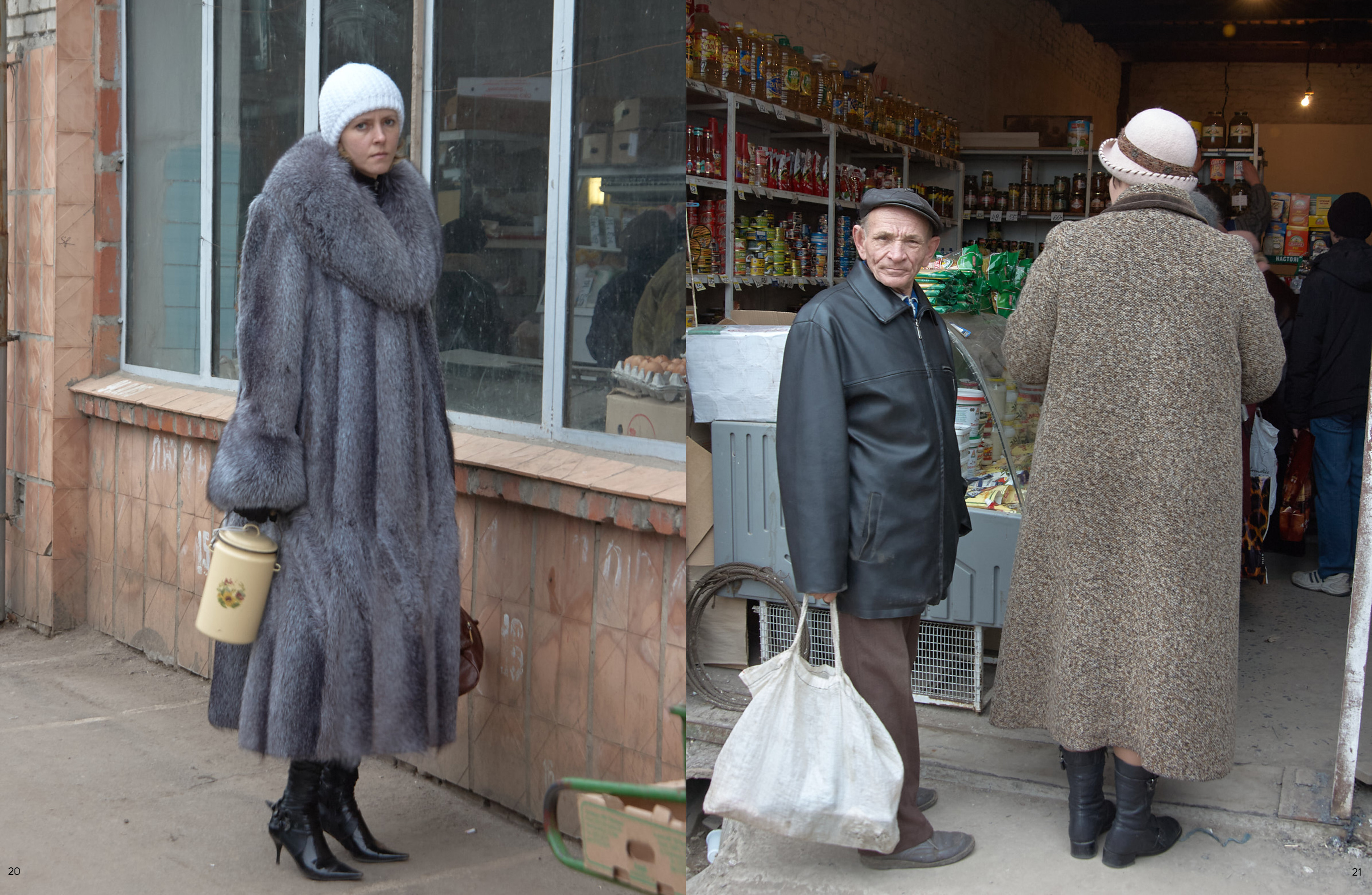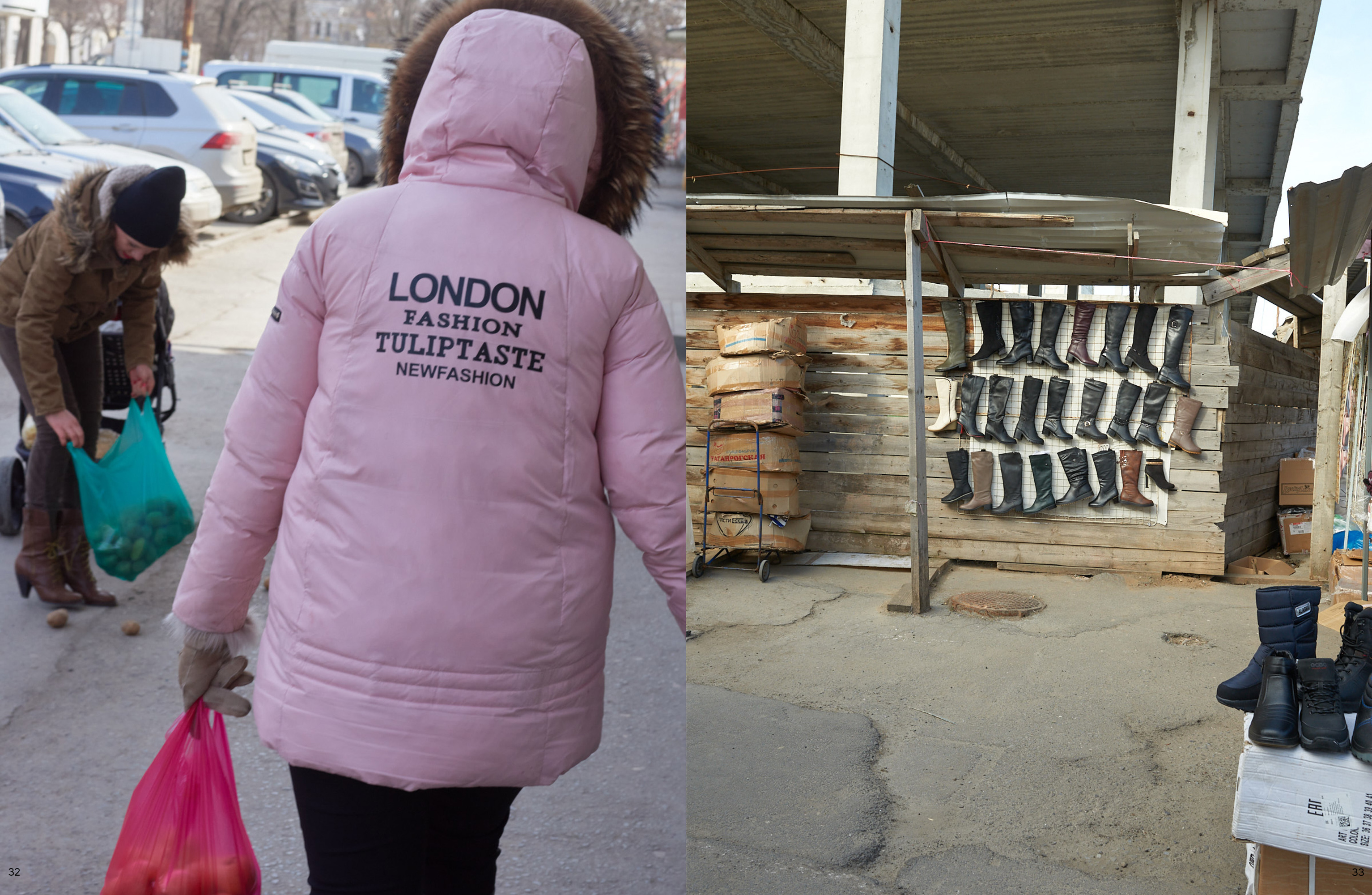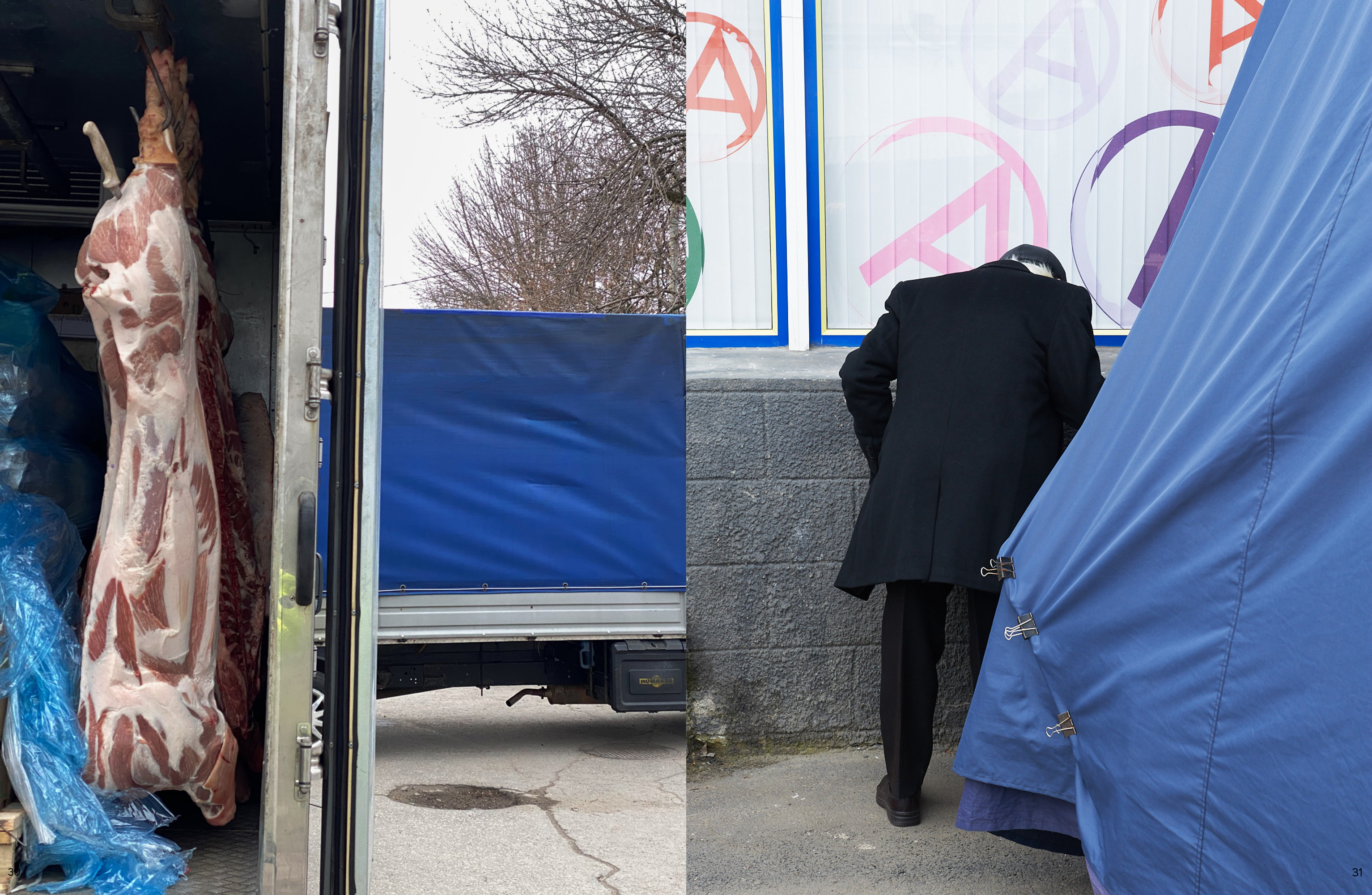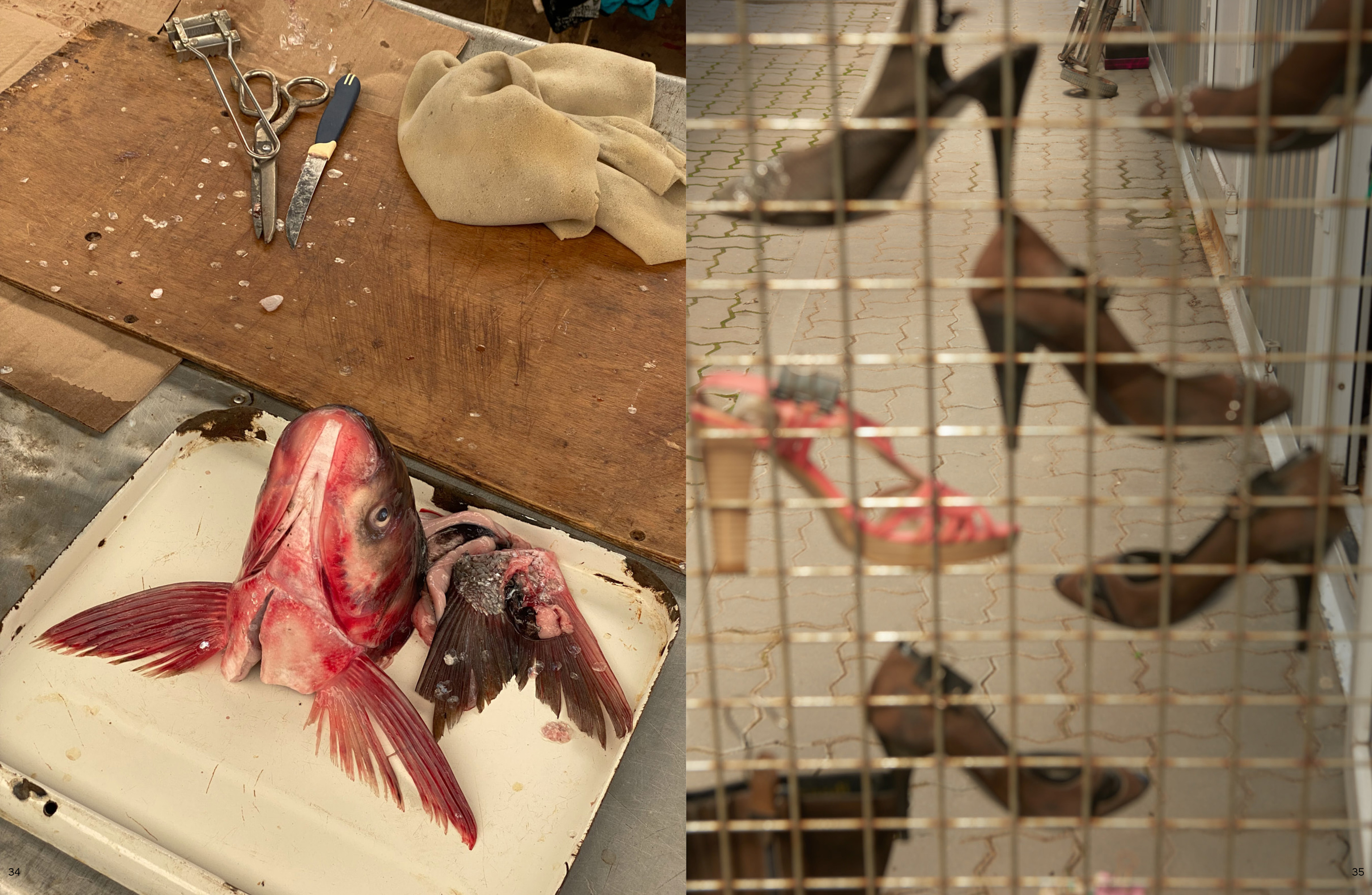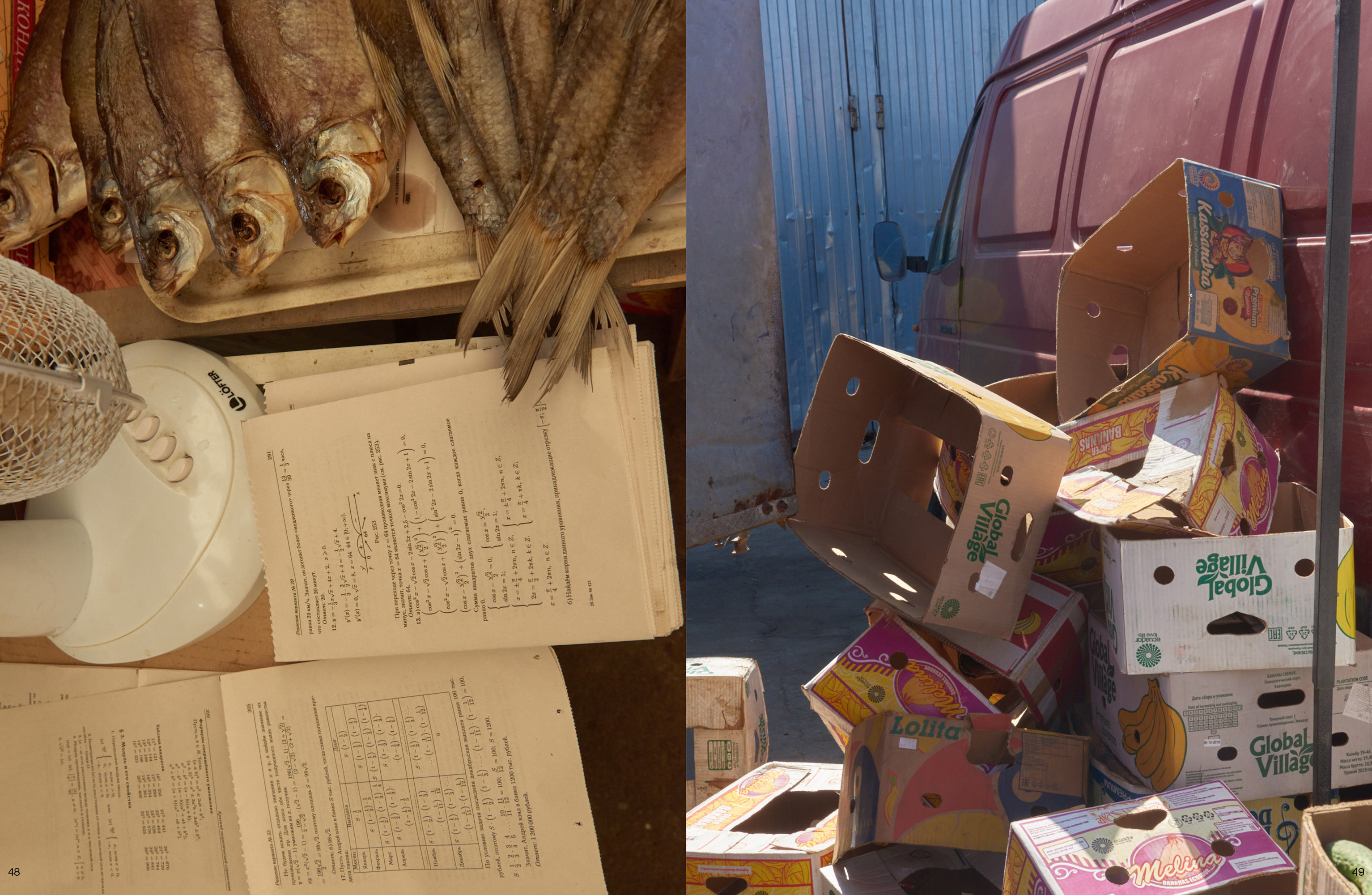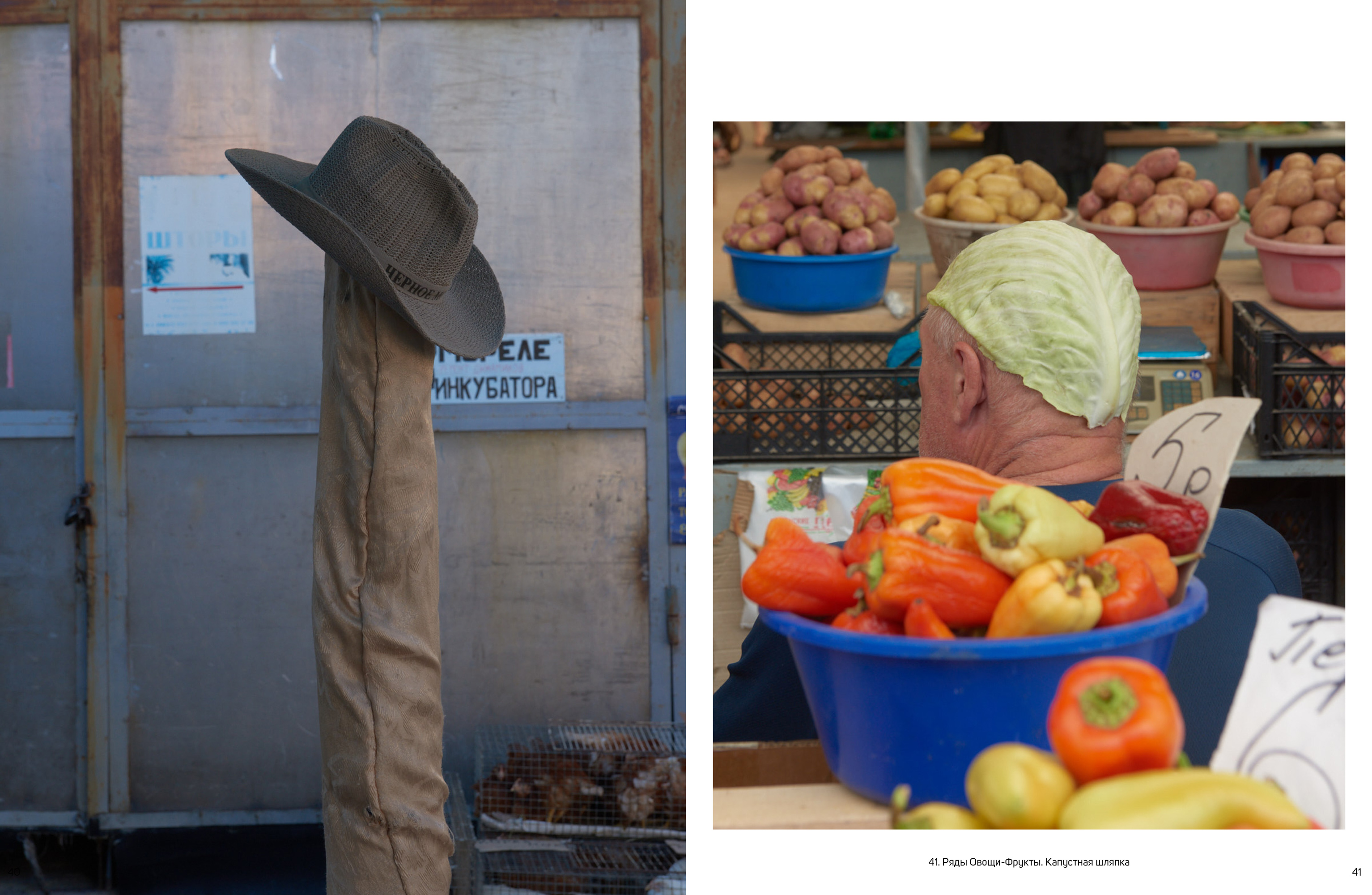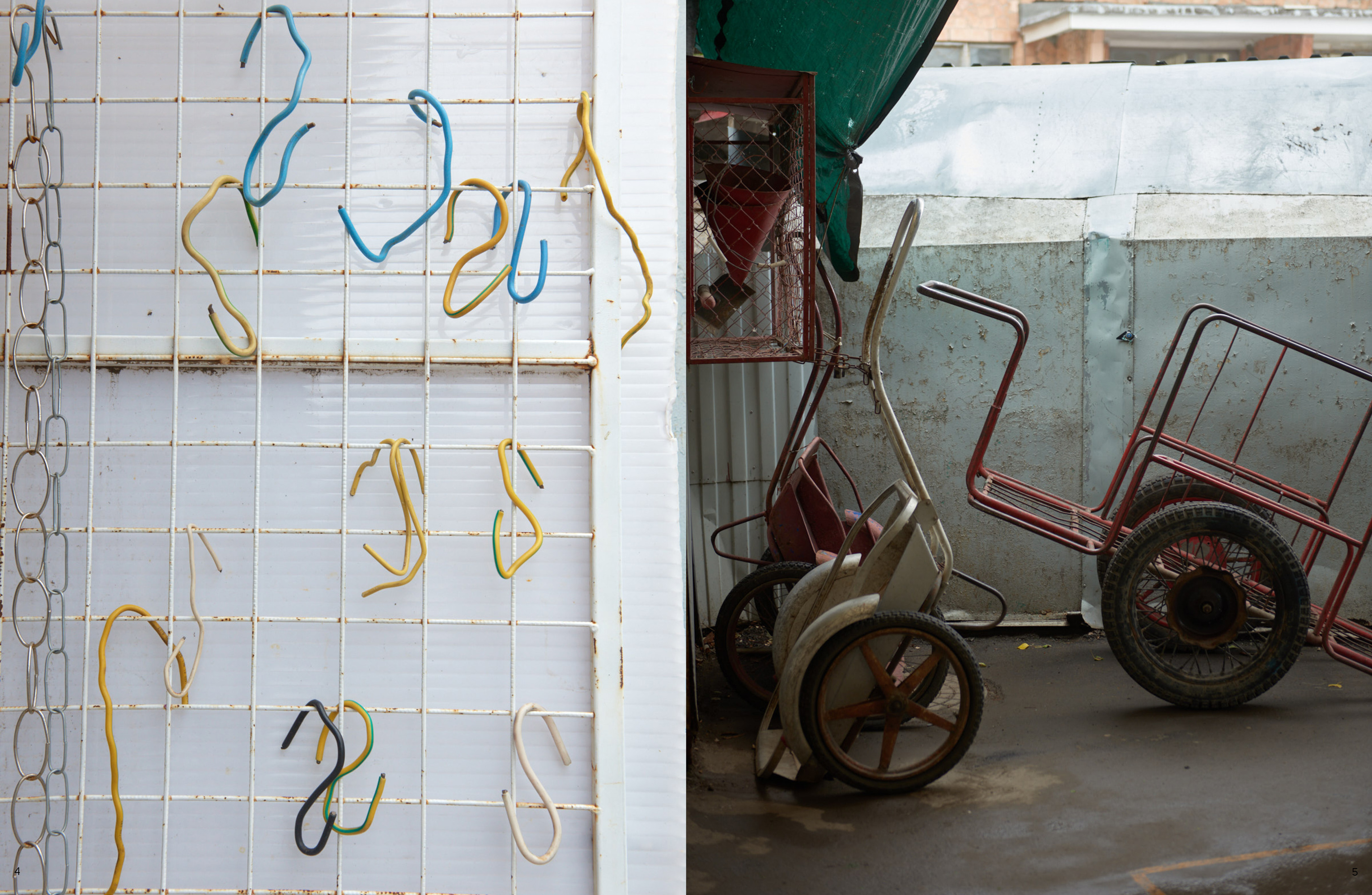In Taganrog, daily rituals and a patchwork community unite a city marketplace
Since ancient times, open-air markets have formed a crucible of rapid exchange: of food and goods, greetings and glances. They also provide a stage for endless chance encounters. In the southern Russian city of Taganrog, the hometown of playwright Anton Chekhov, the central market remains a treasure trove of human interaction worthy of the great writer — or at least that’s how it seems to locaI photographer and linguist Dmitry Naumov-Eryurek.
“The central market in Taganrog is every street photographer’s dream come true,” he says. “Somehow, it has preserved its authenticity, with vending stalls made of steel and other Soviet modernist features.”
Naumov-Eryurek has frequented the market since childhood. A dedicated street style photographer, he would inevitably end up at this central gathering spot when he set out into the city in search of models. But it was not until Taganrog was earmarked for a new tourism development programme that Naumov-Eryurek truly committed to capture the market, before any potential redevelopment could endanger its wild beauty.
Taganrog Central Market offers everything from groceries and funeral services, to knick-knacks and electronics. But Naumov-Eryurek initially faced reluctance, restraint, and even hostility as he set out to document its patchwork community.
“On my first day [of shooting], I brought an A3 size board to use as a background and headed to the market. Some people — especially those who worked at the meat counters, next to the funeral decorations — told me to fuck off,” Naumov-Eryurek remembers. He ended up winning over vendors by printing portraits of the subjects he had photographed, and giving them away as gifts. Slowly, he was able to gather an extraordinary collection of the characters, outfits and details that made the market unique. The vendors, their outfits and their rituals — from the vendor who never wore the same style of makeup twice, to the act of blessing tomatoes for sale with the first earned banknote of the day — are all brought together in Naumov-Eryurek’s visual ode to community and exchange.
Some of his favourite photographs in the collection were taken last spring, when Naumov-Eryurek was in the market by chance. While his wife was picking up laundry, he took a few quick shots on his phone. Five of the images he took in the hurried, 15-minute session, ended up in his final series.
But usually, Naumov-Eryurek would try to stay unnoticed as he moved through the market, hiding the camera under an old blue coat. Although this method meant he was unable to check his shots before he left, Naumov-Eryurek found the task of fishing for gestures, glances and small details that would capture the peculiar geometry of the market meditative and relaxing. “These people, their charismatic faces and very particular style — especially in winter time, when vendors layer themselves to survive the cold — became a constant source of inspiration,” he says. Although the vendors were initially hostile to his presence, he couldn’t help but romanticise their lives. “They wake up at dawn and go to sleep early; they can treat you to a feast if they wish, but they will never truly reveal themselves,” the photographer says. “They don’t think about tomorrow. For them, it’s only today that matters.”
